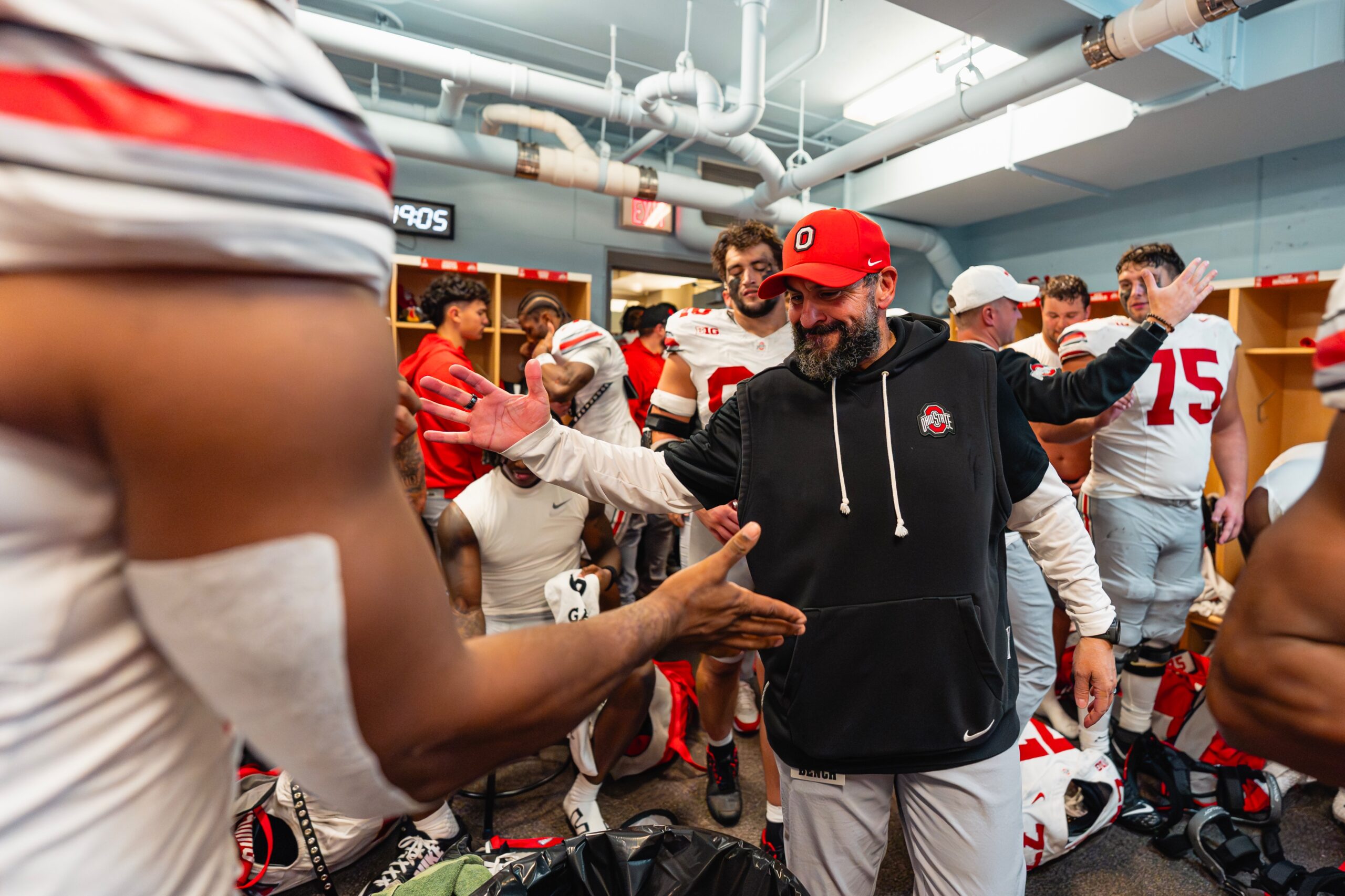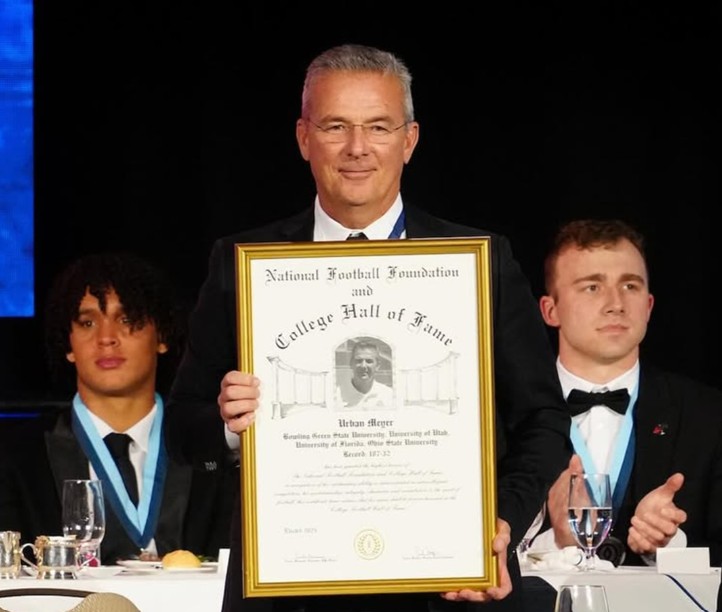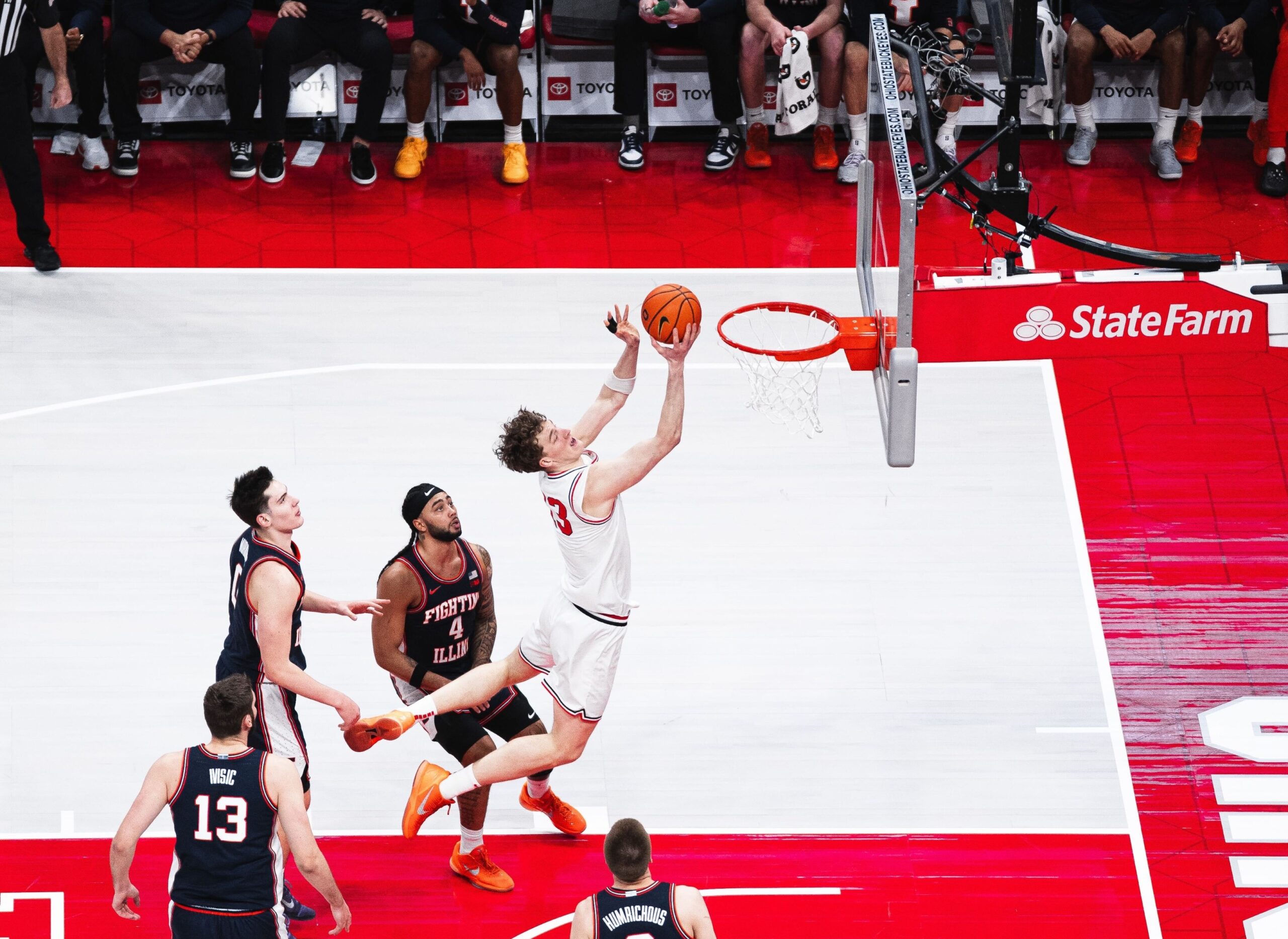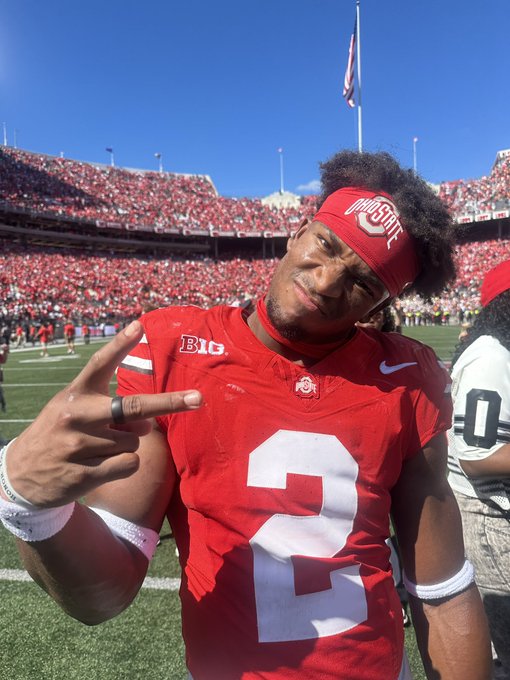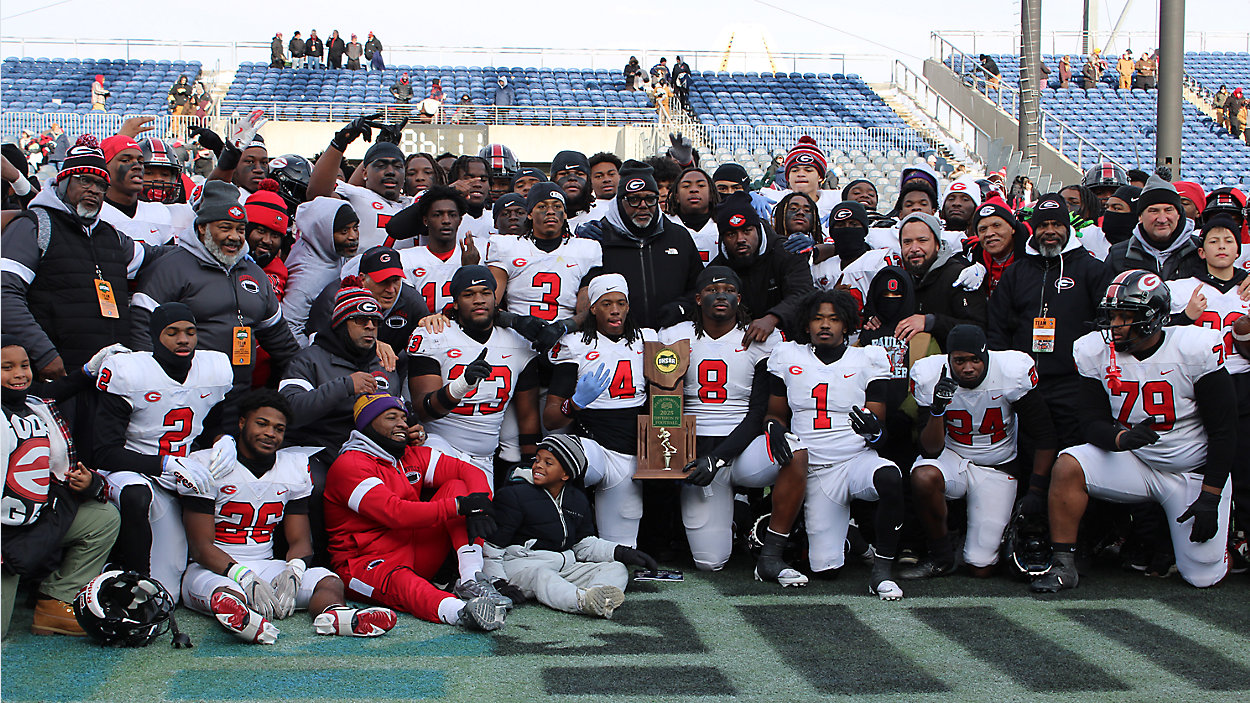
After years of legal battles, the NCAA’s longstanding model of amateurism came to a definitive end with the final approval of the $2.8 billion House v. NCAA settlement. For Ohio State and the rest of college athletics, July 1, 2025, will mark a transformative day: the first time schools can directly share revenue with their student-athletes. As a program that has always aimed to lead on and off the field, Ohio State is now positioned to embrace the future of college sports while continuing to honor the values that have made the Scarlet and Gray a national power.
The approved settlement allows colleges to share up to 22% of their average athletics revenue—roughly $20.5 million per year—with student-athletes. While this model isn’t mandatory, it’s hard to imagine a school like Ohio State sitting on the sidelines. The Buckeyes’ athletic department consistently generates among the highest revenues in the country, making it a prime candidate to take full advantage of this structure. And let’s be honest: if anyone’s going to do it right, it’s going to be a program that has always treated its athletes like champions.
Football, as expected, will receive the lion’s share of this pool—estimated between $13 to $16 million annually—followed by men’s and women’s basketball. But Ohio State fans can take pride in knowing that this model also includes meaningful support for athletes across all sports. The House settlement isn’t just about revenue—it’s about redefining the value of every student-athlete’s contribution.

The roots of this groundbreaking change go back to 2020, when Arizona State swimmer Grant House and Oregon basketball standout Sedona Prince filed the original lawsuit challenging the NCAA’s limits on sharing revenue derived from athletes’ names, images, and likenesses. What followed was years of intense litigation, multiple legal challenges, and eventually, a rare agreement between the NCAA, its member conferences, and the athletes. The final terms were approved by U.S. District Judge Claudia Wilken, who ensured that athletes currently on rosters wouldn’t be punished by abrupt changes in scholarship or roster sizes. Existing players will be “grandfathered in,” meaning programs won’t be forced to cut athletes mid-cycle—something Ohio State fans and alumni can appreciate as a reflection of doing right by the young people already in the system.
There will be trade-offs, to be sure. New roster limits will impact every sport, including football, which will be capped at 105 players. But Ohio State’s depth, development, and recruiting acumen should allow the Buckeyes to navigate those changes with the same excellence they’ve shown on the field for decades. The leadership of Athletic Director Ross Bjork, head football coach Ryan Day, and basketball coach Jake Diebler will be crucial in adapting to this evolving structure. But if any program is capable of leading college athletics into a new age with class and consistency, it’s Ohio State.
As part of this settlement, new oversight bodies are being introduced. The College Sports Commission (CSC) will monitor compliance, Deloitte will develop technology to track NIL deals and salary caps, and all third-party NIL agreements over $600 will need approval through a system dubbed “NIL Go.” That means the wild west days of booster-funded, unregulated pay-for-play schemes may be coming to an end. And that’s good news for programs like Ohio State that have the infrastructure, compliance culture, and support systems to do things the right way.

The transition won’t be without challenges, but Ohio State fans should view this as an opportunity—not an obstacle. For years, Buckeye Nation has known the value our athletes bring to the university, the community, and the sport. Now, that value will finally be reflected in a fair and forward-thinking system that rewards excellence while maintaining the spirit of competition.
With tradition behind us and the future ahead, the Buckeyes are ready to take the next step. The House settlement doesn’t just change college sports—it validates what we’ve believed all along in Columbus: our student-athletes are more than just players. They’re professionals in every sense but the label, and now, they’re going to be treated that way.


